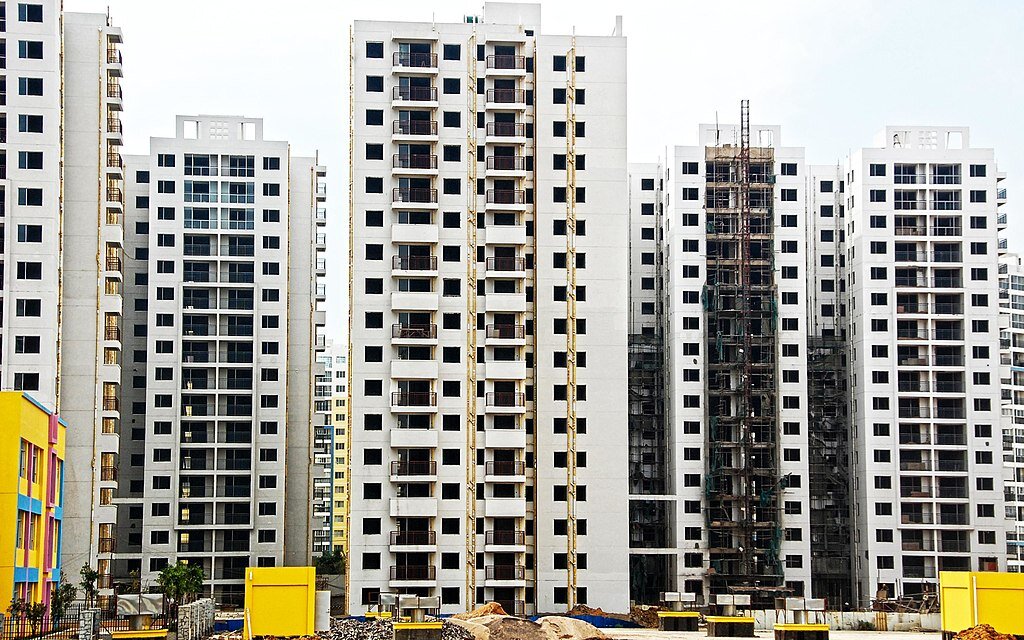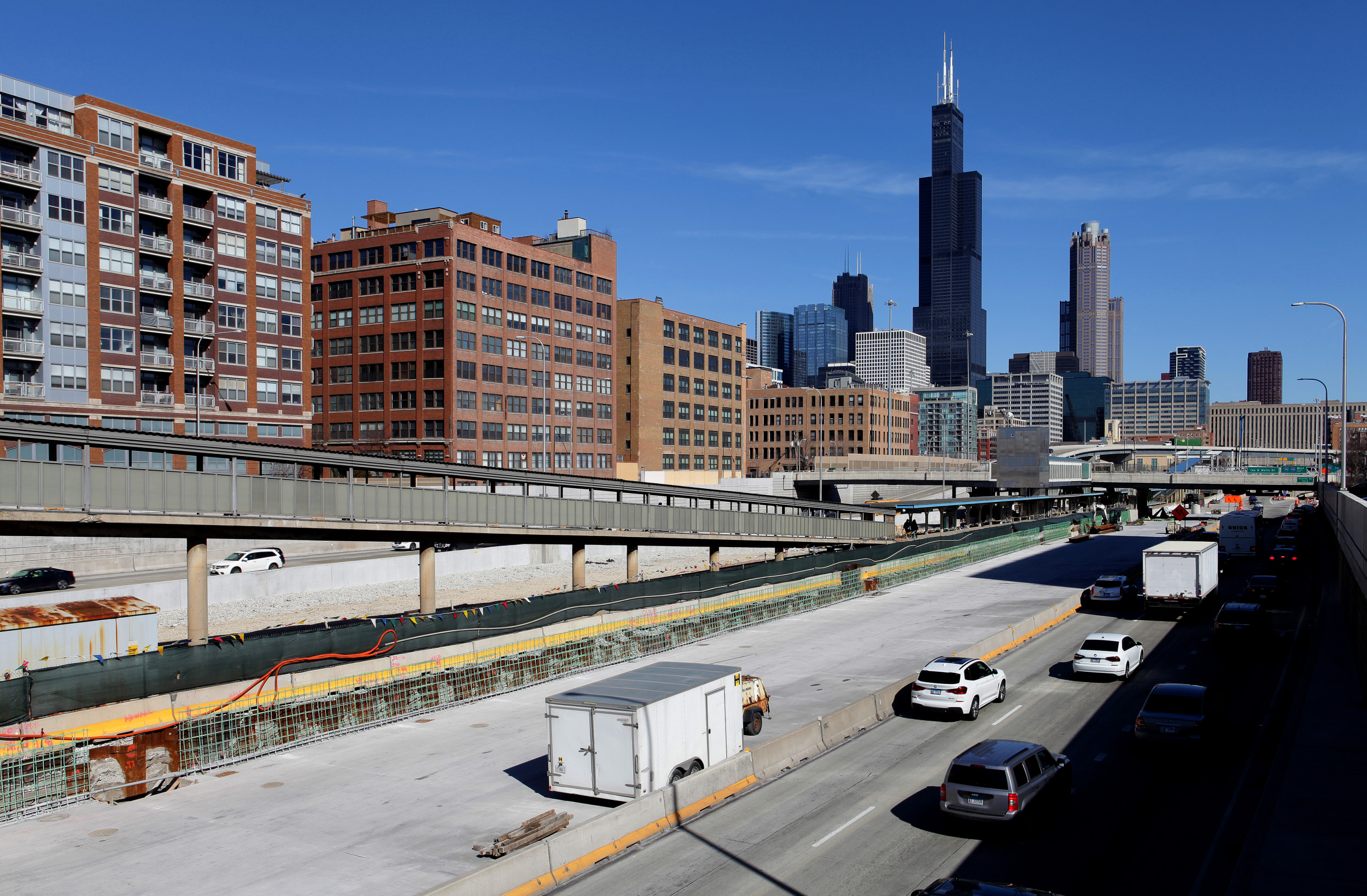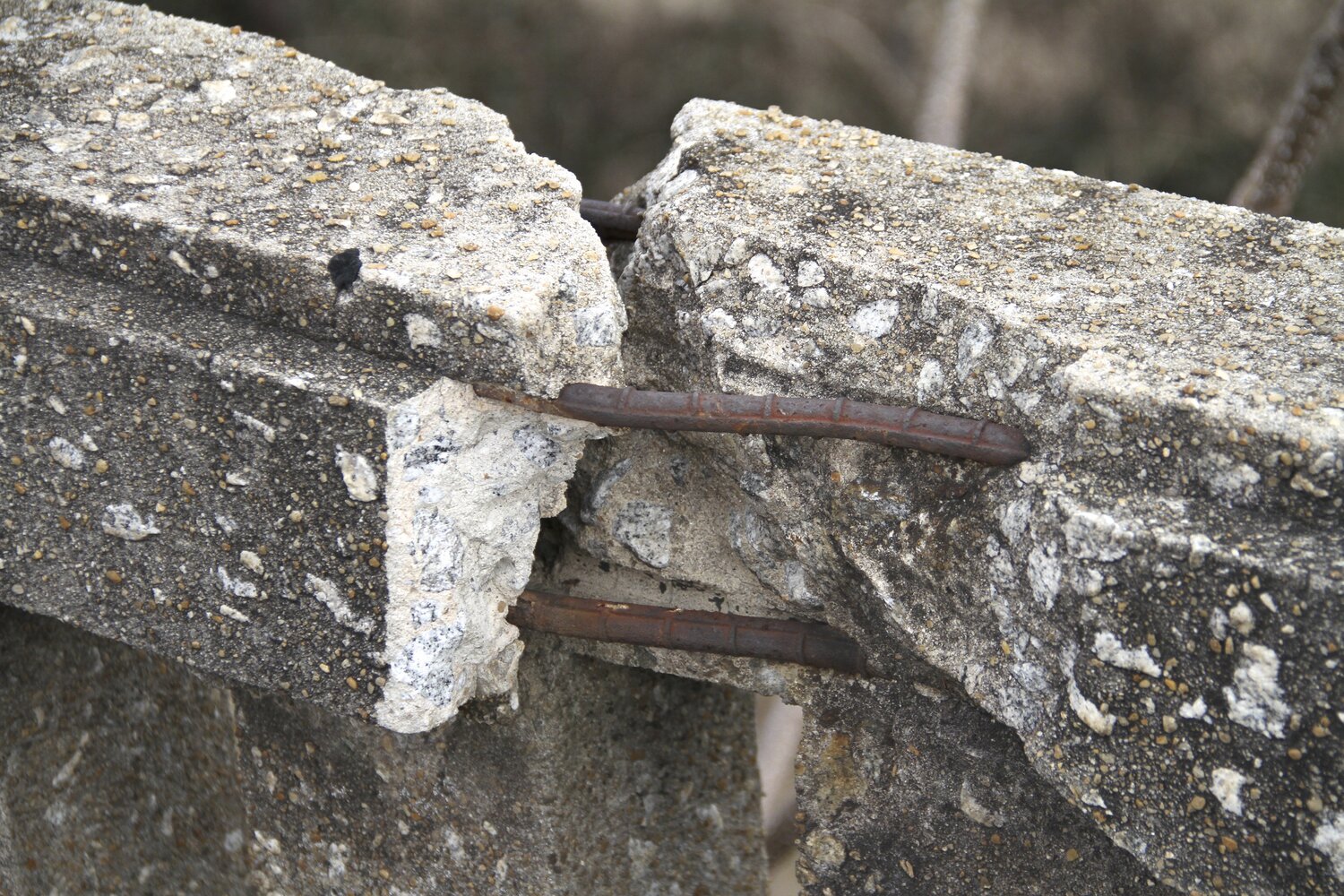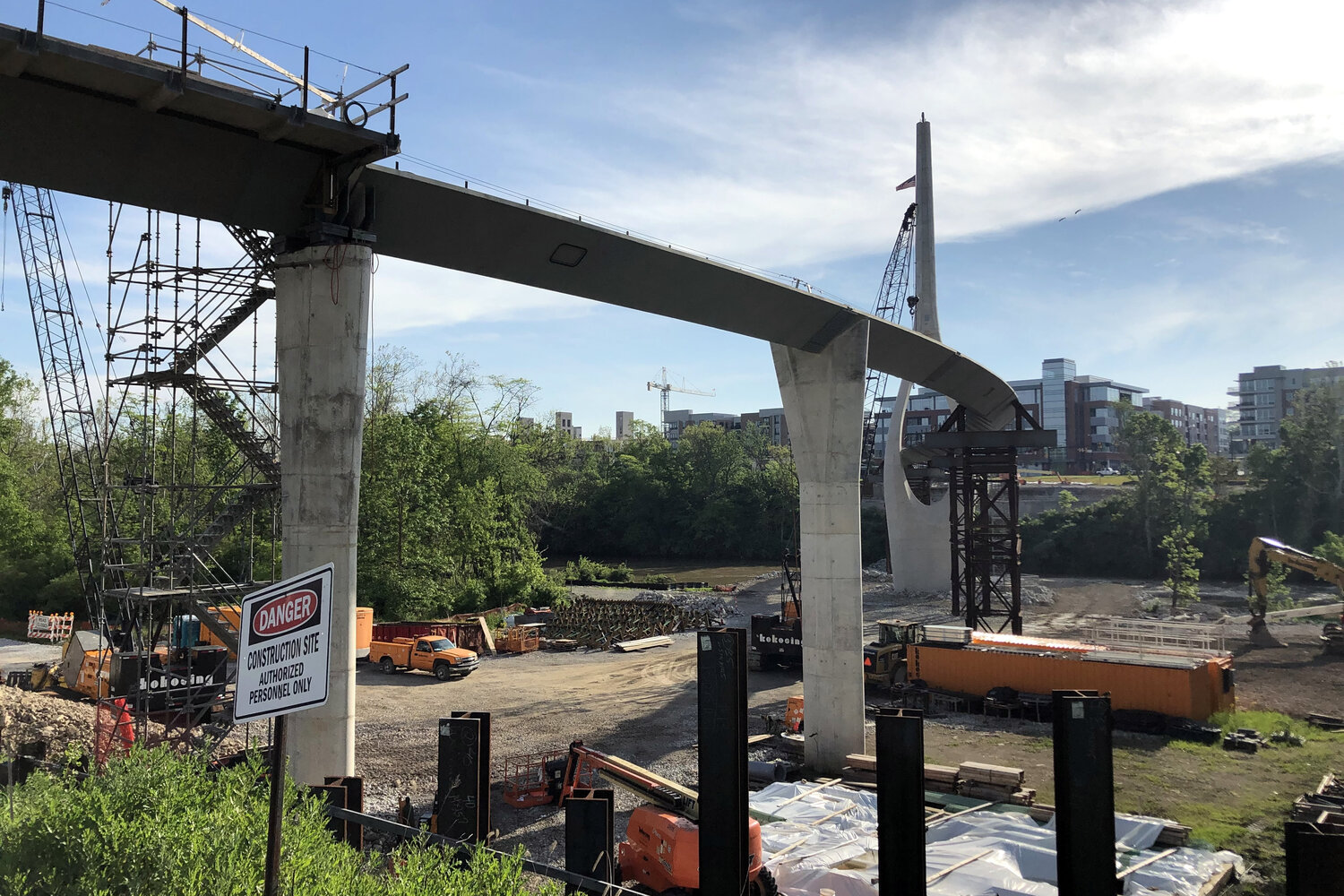I agree our infastructure is shit, but the reason we make junk in china is because of the low cost of labor/manufacturing, not anything transportation related.
The general gist is you have entry costs, marginal costs, and transportation costs. The entry to china is kind of high, probably higher than here when you factor in dealing with the CCP or another 3rd world government. Marginal cost of slave labor is diminishing versus an advanced worker tied to advanced machinery. We even out on the barrier costs and we definitely lead on the cost of producing each and every additional good. That last part of the equation is transportation. It's just too fucking hard to get goods from BFE ohio to market. It's much easier to ship your shit to LA from China.
Russia actually has this problem with farm goods. The most fertile soil in the world is actually south of Moscow. There's a term for it, black gold or black soil or some shit. They even named a sect of Russians after it. Problem though is that post harvest most of their crap rots before they can bring it to market. Our problem is that problem, only magnified to manufacturing. If I were a betting man, the years of high corporate taxation created a capital shortage that rotted our manufacturing and when Reagan came in and fixed that problem, instead of investing in local factories and paying a high entry fee to fix and upgrade equipment, people said "fuck it let's pay china." The growth in technology at the same time created a situation where investment dollars could better be put towards computer tech than boosting real output economy wise. We now have this barrier cost of entry with infinite upside.
We're not a shit manufacturing economy by any means either. We shit all over Chinese production of cars for example. But... a lot of that is machinery and automation. I think if you could meld the advancement in tech and had a reasonable infrastructure to support it, you could create an economic powerhouse where you would create an economic equation that would support exponentially more equipment tied to a fraction of the employees per piece of machinery. And with the added benefit of maximizing employment. You may only have 5 employees per machine, but if you set the incentives to have more machines, there is exponential potential tied into relatively cheap labor costs that have the ability to maintain and manage the equipment. And there is a shortage too, durable goods are more expensive now than they've ever been. Bought a car lately? So there is definitely downward pressure pent up that a real manufacturing base could kill if properly invested in.

 www.strongtowns.org
www.strongtowns.org





